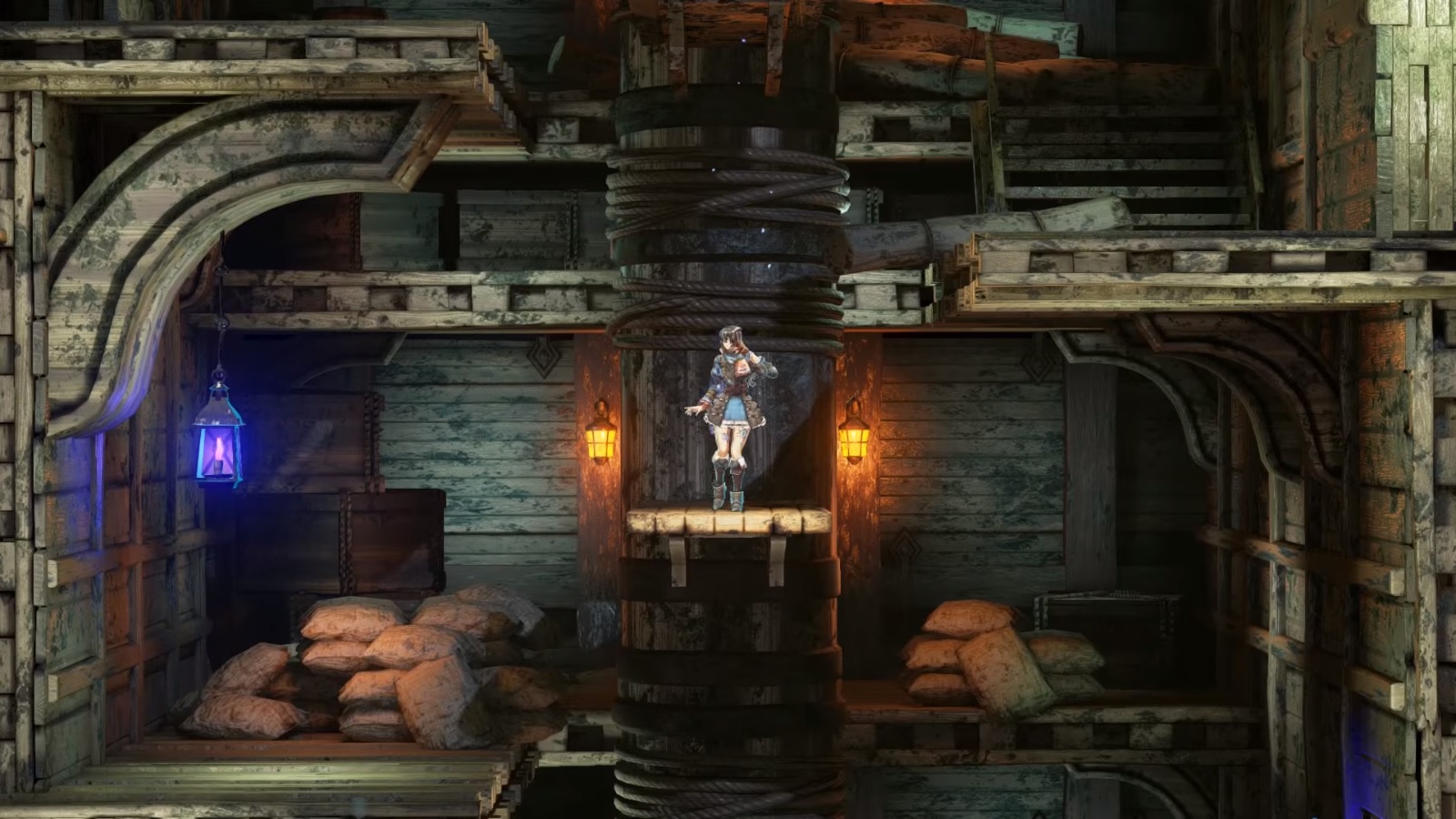Amazon Luna hands-on: Is Amazon’s cloud gaming service any good?
Amazon Luna works well enough, but game selection will be key

Update: Amazon Luna joins Xbox Game Pass on Samsung Smart TVs.
By my count, Amazon Luna is the fifth cloud gaming service from a major publisher, and it has a few interesting ideas going for it. It’s optimized for streaming players; it offers a good library for relatively little money; it syncs with Ubisoft’s streaming service; it lets you play on two devices simultaneously. So far, so good.
But a cloud gaming service is only as good as its performance, and this is where Luna hasn’t quite reached its full potential yet. Game streaming is not seamless, with frequent jitters and frame rate drops, and the Luna controller is not much different — or better — than the Amazon Fire controllers that came before it.
- Cloud gaming services, compared
- Play the best game streaming services
Since Luna is still in early access, imperfect performance and a relatively small game selection are not at all unusual. Still, we’ve seen most of these features before in other services, and it’s not clear how Amazon plans to differentiate itself in the long run.

Amazon Luna: Game selection
First, a few introductory facts: Amazon Luna is a cloud gaming service, which streams games from an Amazon server farm directly to your receiver of choice: a PC app, a Mac app, a Chrome browser, an Amazon Fire TV device, or an iPhone/iPad, via the Safari browser. In early access, the service costs $7 per month and gives you access to a curated game library. It’s currently an invite-only program, but you can add your name to a waitlist on Amazon’s site.
Luna’s game selection will grow over time, but it’s off to a good start in early access. At present, players can choose from more than 50 games, including some truly excellent fare, such as Bloodstained: Ritual of the Night, Control, Indivisible, Metro Exodus and Tangledeep.
The game library is both a strength and a weakness for Luna. On the one hand, the curation is strong, and the titles on offer are generally good, from Abzu, to the Castlevania Collection, to Steamworld Dig. The only issue is that there’s no real “system-seller’ here. The games are generally indie and mid-budget fare, which don’t require very powerful hardware to run in the first place. Control is perhaps the “biggest” title on offer, and that’s not really enough to hang a whole cloud gaming platform on.
Get instant access to breaking news, the hottest reviews, great deals and helpful tips.
Potentially more interesting is its compatibility with Ubisoft+: another early access streaming service, which does pretty much what the name suggests. This service lets you stream Ubisoft titles to PCs and other devices, including major releases such as Assassin’s Creed Valhalla and Far Cry 5. In theory, this could be quite useful, especially since recent Ubisoft games can transfer save files across platforms with the Ubisoft Connect functionality.
On the other hand, the Ubisoft+ subscription costs another $15 on top of Luna’s $7. A year’s worth of both would cost $264, at which point you might want to consider just buying a cheap console instead.

Amazon Luna: Performance
Amazon Luna is perfectly playable, but it still has some performance kinks to work out. I spent most of my time with Bloodstained and Control, since the former is a game I know very well, and the latter is one of Luna’s more technically demanding titles.
At present, Luna supports only 1080p and 30 frames per second — which, in and of itself, is something of an issue. Google Stadia supports 4K/60 fps, as does Nvidia GeForce Now. While a UHD streaming option for Luna is on the way, it’s already a little behind its closest competitors.
The bigger issue, however, was that even in 1080p settings, the frame rate was not consistent. I tested games on both an Amazon Fire TV Stick 4K and a PC via Google Chrome, and the problem persisted across platforms. (My download speed during this time was about 230 Mbps; Luna requires about 10 Mbps for 1080p streaming.) No matter which game I was playing, the screen would occasionally freeze for a split second, or drop frames as I moved the camera rapidly. This is a death sentence in some of the more demanding platformers on Luna, and a problem that I’ve never encountered on competing cloud gaming platforms.
While a dropped frame now and then doesn’t render a game absolutely unplayable, it’s still odd to see this issue in a service for which Amazon is already laying out an asking price. At the risk of sounding haughty, if cloud gaming is supposed to be a true replacement for expensive consoles and PCs, its performance has to be perfect; “nearly perfect, most of the time” is not enough.
Beyond that, though, the games played just as they would on a console or PC, complete with menu options and controller support. You may want to bring your own controller, however.

Amazon Luna: Controller
The $50 Amazon Luna controller is similar to the Google Stadia controller in many ways. It has a similar layout, a similar size and weight, a similar flaw: There’s almost no reason to use it instead of a standard Xbox controller.
The Luna controller looks like most other controllers made in the last seven years, with large handsets, two offset analog sticks, a D-pad, a handful of face buttons — you know how it goes. The only big difference here is that the Luna controller is optimized for the Fire TV platform, as it includes an Alexa-enabled microphone, as well as dedicated home and option buttons.
The controller does everything it’s supposed to, but it feels a little flimsy, and the buttons don’t have much heft to them. If you’re starting from absolute scratch and know that Luna will be your platform of choice for years to come, it may be worth buying; otherwise, an Xbox controller and an Amazon Fire TV remote will serve you just as well, if not better. (And yes, Xbox controllers also pair with the Fire TV just fine.)

Amazon Luna: Outlook
After spending a few hours with Amazon Luna, I came away moderately pleased, but with no strong desire to go back and use it again. If you already have a gaming console or PC, it’s not really necessary — and if you don’t have a gaming console or PC, are you really dying to play console-style games? If so, Luna is worth considering, but it still has the Stadia problem of courting a potentially very niche audience.
Throughout testing, I couldn’t help but think back to Crucible: the Amazon-developed game that took six years to develop, and five months to go from “debut” to “taken off the market.” A colorful multiplayer shooter in the vein of Overwatch, there was nothing really wrong with Crucible, but there was nothing distinctive about it either. Its general competence without a unique selling point doomed it from the get-go.
I hope Luna doesn’t go the same way, if only because of its strong game library. But in a world where Stadia, GeForce Now, PlayStation Now and Project xCloud already stream games very well, a new competitor has to do something incredible to stand out.

Marshall Honorof was a senior editor for Tom's Guide, overseeing the site's coverage of gaming hardware and software. He comes from a science writing background, having studied paleomammalogy, biological anthropology, and the history of science and technology. After hours, you can find him practicing taekwondo or doing deep dives on classic sci-fi.
